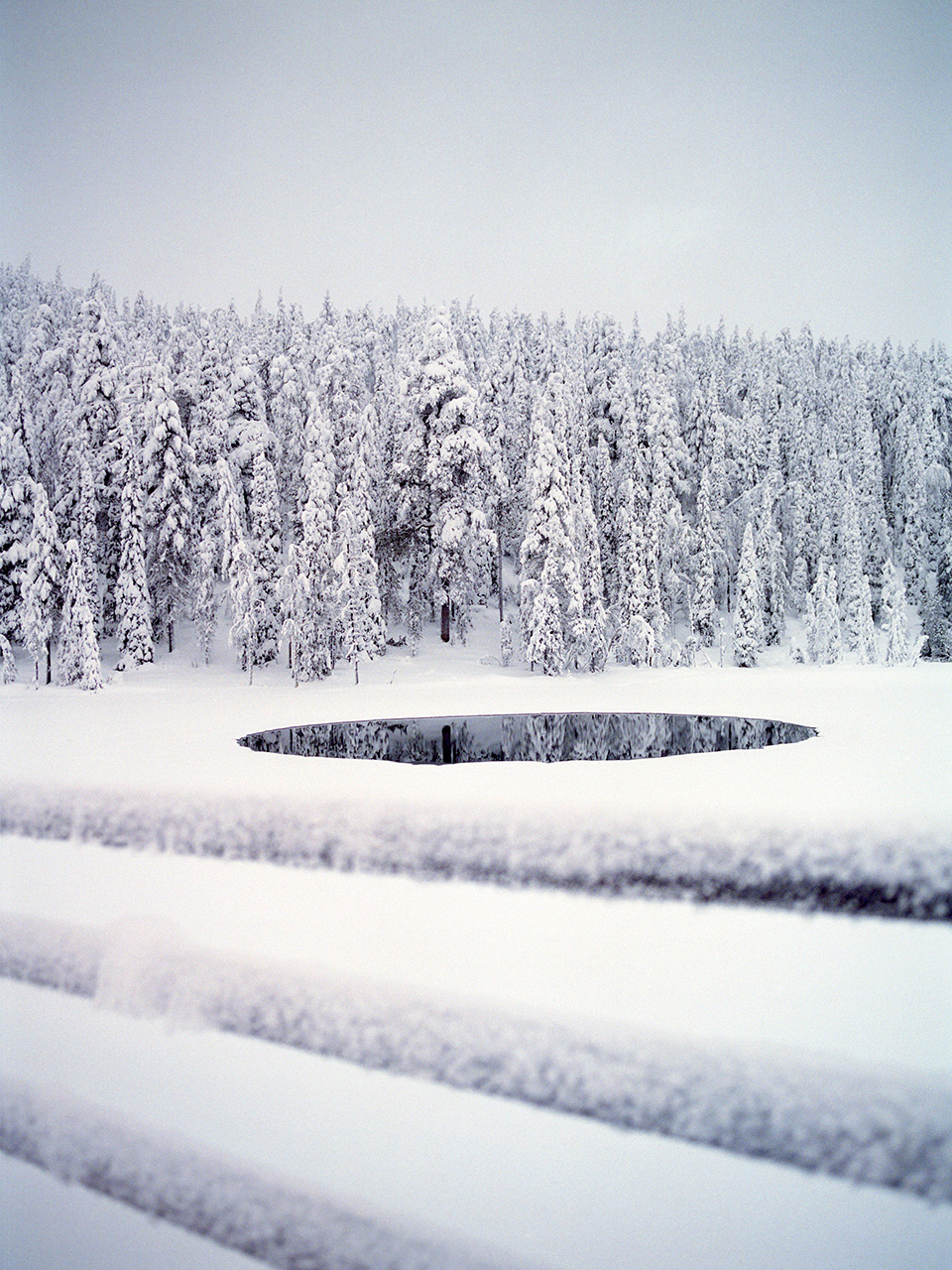Lapland: A Prisoner of Geography
. . . Laplanders know that geography brings with it vulnerabilities. Finland’s shared border with Russia – which spans more than 1,300 km to the east – has been an increasing concern since Vladimir Putin’s full-scale invasion of Ukraine on 24 February 2022. Three months later Finland applied to join Nato. The Kremlin spokesman Dmitry Peskov said the move was an “escalation” that “forces us to take countermeasures to ensure our own tactical and strategic security”. Finland became a full member of the defence alliance in April 2023.
Nato membership has not insulated Finland from Russian aggression. In recent weeks, Finnish border guards have reported a large increase in asylum seekers, many of them from Syria, Iraq and elsewhere in the Middle East, attempting to cross the border from Russia. Finnish officials accuse their neighbour of aggressive tactics like those previously employed by Belarus, which since 2021 has been pushing thousands of asylum seekers over the border into Poland. In November alone, more than 900 asylum seekers crossed the Russian border into Finland; prior to November, ten or fewer such crossings took place each month.
On 22 November the Helsinki government, hoping to stem the flow of refugees, announced that it was closing seven of its crossings on the Russian border, leaving just one, Raja-Jooseppi in Lapland, open. (Update: on 28 November the government ordered the entire border closed.) Anxiety over Russian hostility is high. In a low-lit restaurant adorned with reindeer antlers in central Rovaniemi, Antti Kokkonen, the editor-in-chief of Lapin Kansa, Lapland’s largest daily newspaper, told me that “there is a lot of worry that hiding among these migrants are little green men”. This is a reference to the Russian soldiers in unmarked clothing who infiltrated and then helped to annex Crimea in 2014.
Megan Gibson, "Lapland: A Prisoner of Geography," The New Statesman, November 29, 2023.
Lapland: A Prisoner of Geography Read More »

